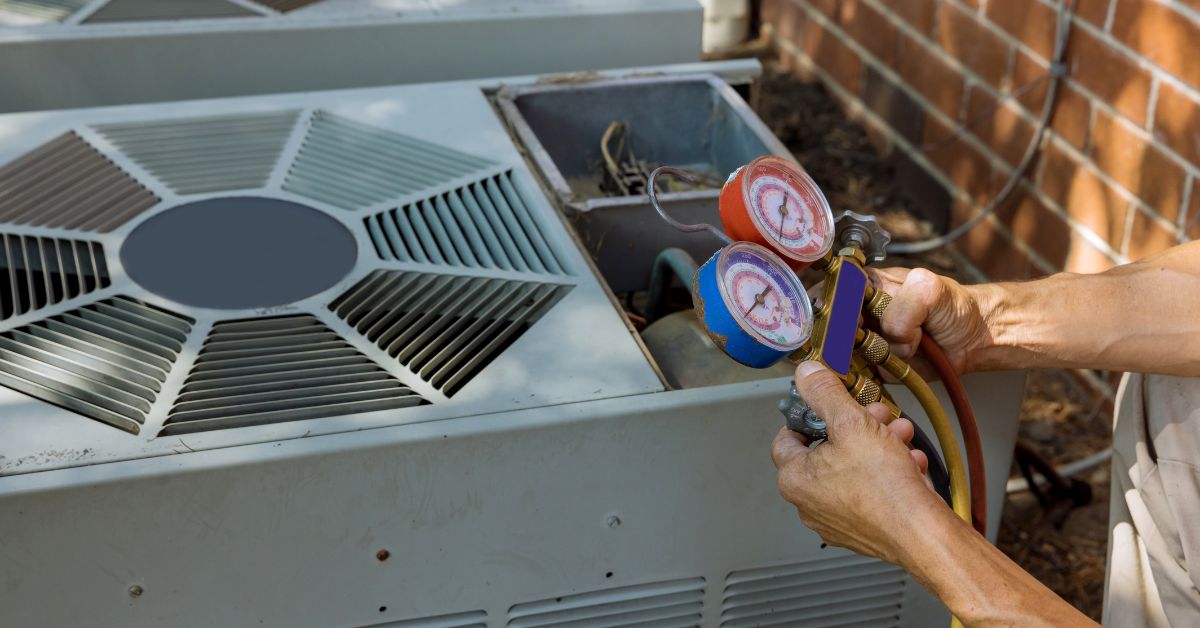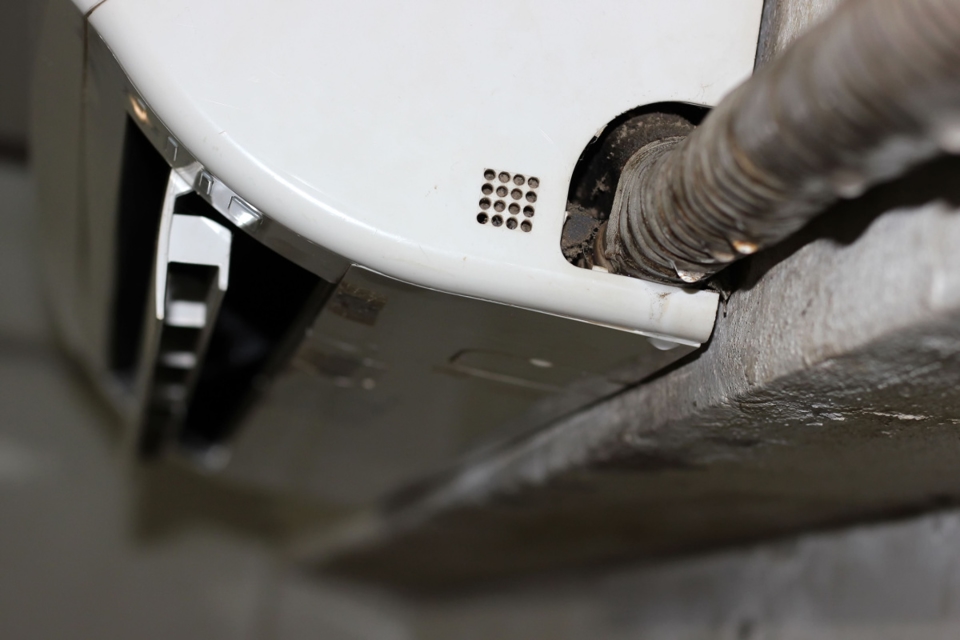When choosing an air conditioning system, the size of the unit is paramount to its performance and efficiency. Yet, the concept of AC sizing often falls by the wayside as families and businesses prioritize other features like energy efficiency or brand reputation. Sizing an AC unit isn't about physical dimensions, but rather the unit's capacity to cool your space effectively. An under-sized or over-sized unit can lead to inefficiencies, uncomfortable home environments, and increased costs. Let's delve into why AC sizing matters, how it's determined, and the technological advances that are refining this critical element of HVAC installation.
Home Size and Layout
One of the foremost factors influencing AC sizing is the size and layout of the home. The square footage of a home directly impacts the cooling capacity needed from an AC unit, typically measured in British Thermal Units (BTUs). A larger home will inherently demand a more powerful unit capable of distributing cool air effectively across its expanse. However, it's not just about the square footage; the layout of the home plays a crucial role as well. For instance, homes with open floor plans differ in cooling demands compared to those with segmented spaces. Open layouts allow for better airflow but also require a system that can evenly distribute cooled air without creating hot spots in far-reaching corners.
Local Climate Conditions
Climate conditions are another critical component in determining the sizing of an AC unit. In warmer regions, where summers can be intensely hot, the AC will need a higher capacity to maintain comfort. Similarly, humidity levels affect cooling needs, as more humid climates require AC systems capable of managing moisture and producing consistent cooling. Seasonal variations also dictate fluctuations in temperature; homes in areas with wide temperature swings, like temperate climates that experience cold winters and hot summers, need AC units designed to handle significant differences in utilization throughout the year.
Under-Sized AC Units
The repercussions of installing an undersized AC unit can be extensive. Primarily, such systems are forced to work harder to meet the temperature demands of the household, leading to increased stress on system components. This may result in reduced lifespan for critical parts, more frequent breakdowns, and significant discomfort for homeowners. Inadequate cooling can also compromise indoor air quality. As the system struggles to maintain temperature, it may fail to effectively filter the air, leading to poorer air quality and potential health implications for residents with allergies or respiratory issues.
Over-Sized AC Units
Conversely, an oversized AC unit can lead to a phenomenon known as short cycling, where the unit powers on and off frequently. This rapid cycling increases wear and tear, quickly diminishing the longevity and reliability of the system. Additionally, oversized units can struggle with humidity control because they don’t run long enough to effectively dehumidify the air, leading to clammy, uncomfortable conditions indoors. From an energy standpoint, short cycling contributes to higher electricity costs as the unit frequently draws power, even as it fails to deliver the desired comfort level.
Cost Implications
The financial implications of improper AC sizing extend beyond the initial investment. It's crucial to analyze the trade-off between the upfront cost of purchasing a correctly sized unit and the long-term operational costs prompted by an ill-suited model. An oversized or undersized unit will incur higher utility bills and may demand more frequent repairs or eventual replacement. Moreover, regular maintenance becomes more burdensome and costly when a system operates outside its optimal capacity, further straining the household budget over time.
Load Calculation Methods
Determining the correct AC size requires precise calculation, with the Manual J method serving as an industry-standard approach for residential buildings. This method, developed by the Air Conditioning Contractors of America (ACCA), considers a myriad of factors, including the home's square footage, insulation, window orientation, and local climate. It translates these criteria into a BTU rating needed for effective cooling. BTU ratings correspond to the cooling power of air conditioning units, and understanding this metric is essential for matching a unit's capacity to the specific needs of a household.
Professional Assessment
While DIY assessments are available, engaging a certified HVAC professional provides several advantages. Professionals possess the skills and technology to perform comprehensive load calculations accurately. They utilize sophisticated tools and technology, such as thermal imaging and digital measurement instrumentation, to assess all aspects of the home. This ensures the AC unit's size accounts for variables that may not be captured in standard DIY calculators, leading to a more precise and effective sizing recommendation.
DIY Considerations
For those inclined towards a DIY approach to determine AC sizing, there are online calculators available that offer a basic estimate based on simplified inputs, such as square footage and climate zone. However, exercising caution with self-assessment methods is necessary, as they often overlook critical variables like insulation quality, window placements, and home occupancy, which professionals consider. The risks include the potential for choosing an inefficient unit that fails to address specific cooling needs, leading to the aforementioned consequences of improper AC sizing.
Smart HVAC Systems
Emerging technology is continuously revolutionizing HVAC systems. Smart HVAC systems integrate the Internet of Things (IoT), using smart thermostats and connected devices to enhance system efficiency. Such systems optimize AC performance by learning user preferences and adjusting settings automatically, ensuring energy consumption reflects actual cooling needs. Additionally, zoned climate control systems offer localized cooling options, allowing for individual room temperature settings, which ensures efficiency across different areas of the home.
Variable-Speed Technology
Variable-speed compressors represent a noteworthy advancement in the AC domain. These compressors adjust their speed based on minute changes in cooling demand, unlike traditional compressors that operate at a fixed speed. This adaptability ensures more consistent temperatures and enhanced energy efficiency, as the system doesn’t expend unnecessary power maintaining set temperatures during milder conditions. These benefits extend the system's lifespan and reduce monthly energy bills.
Adaptive Load Management
Advancements in adaptive load management harness predictive technologies and climate modeling to forecast cooling demands accurately. Through machine learning, HVAC systems now predict usage patterns, optimizing performance and reducing energy waste. Such systems adapt to environmental changes, enhancing comfort and efficiency by preemptively responding to temperature fluctuations and occupancy variations, promising greater ease for homeowners in managing their home's climate.
Energy Efficiency Ratings
The energy efficiency of an AC unit, often indicated by the SEER (Seasonal Energy Efficiency Ratio), plays a critical role in performance and cost-effectiveness. The higher the SEER rating, the more efficient the unit is, meaning it will use less energy to provide the same cooling effect. Opting for units with high SEER ratings, particularly those certified by ENERGY STAR, ensures that homeowners get optimal efficiency that translates into lower energy bills and reduced environmental impact.
Future-Proofing Installations
Considering future changes, such as home expansions or shifting climate patterns, is crucial when selecting an AC system. Choosing systems that are scalable and upgradable allows homeowners to adjust or enhance their cooling solutions without requiring full replacements. Future-proofing an installation can save substantial time and costs as needs change, whether due to growth in family size or shifts in weather patterns that demand more robust cooling capabilities.
Environmental Impact
Finally, the ecological footprint of AC systems demands attention. As awareness of environmental sustainability grows, selecting an AC system with minimal carbon emissions becomes increasingly important. Prioritizing units that use eco-friendly refrigerants and offer sustainable cooling solutions helps reduce carbon footprints, aligning with greener practices and promoting responsible energy use. Implementing these choices not only benefits the environment but also enhances the home's overall market value.
To Learn More About AC Sizing, Contact Green Air Solutions
Mastering the intricacies of AC sizing is vital to ensuring indoor comfort and operational efficiency. At Green Air Solutions, we specialize in providing tailored AC services that cater to your home's unique needs. Our experienced professionals are equipped with the latest tools and knowledge to accurately size and install your AC unit, ensuring optimal cooling performance and cost savings. Contact us today to schedule a consultation and experience the benefits of a properly sized and expertly installed air conditioning system.
Call Green Air Solutions now at (888) 660-9667 or contact us online.






